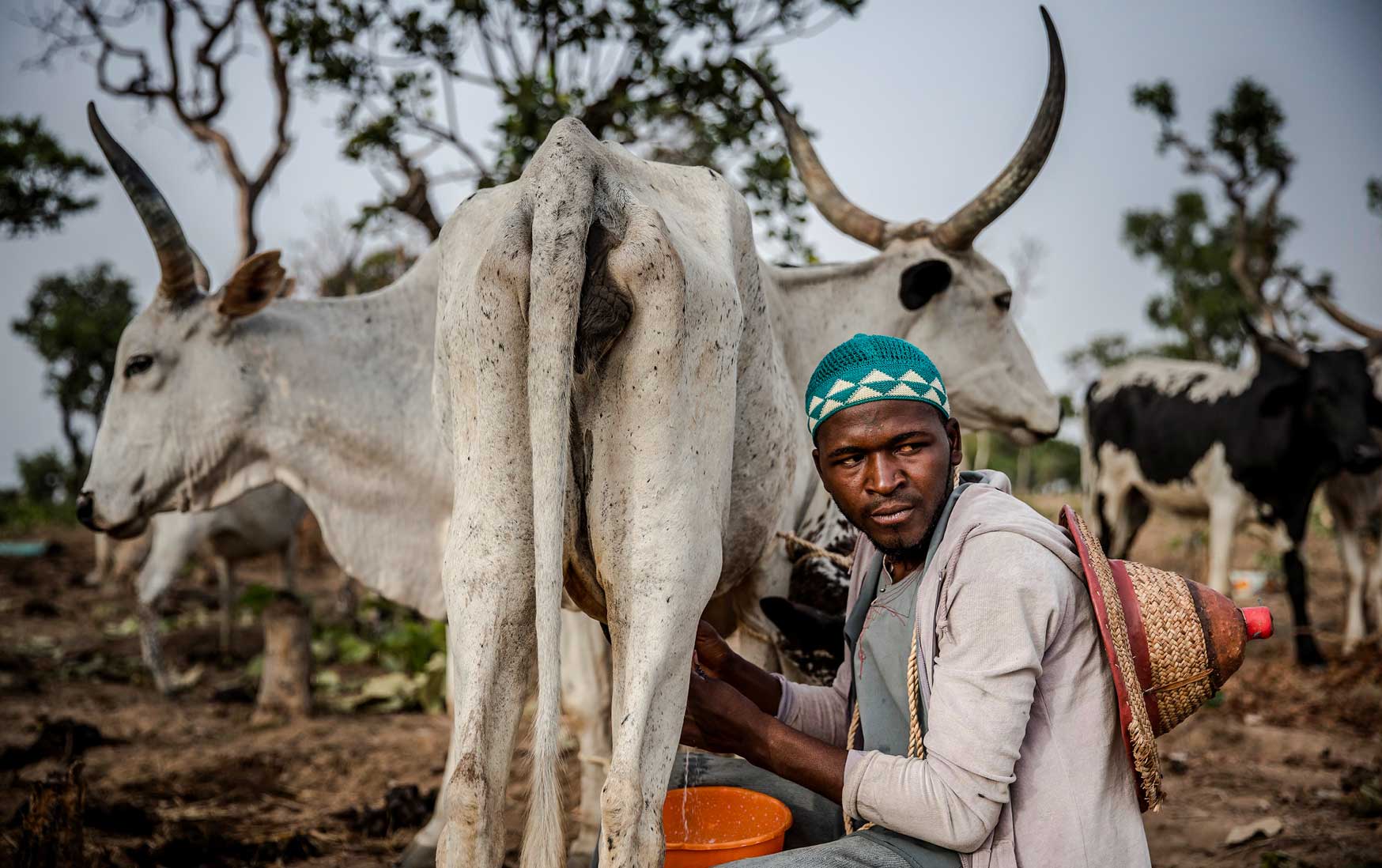Food taboos exist in virtually all societies as beliefs and practices prohibiting the consumption of specific ingredients (or combinations thereof) for religious and/or cultural reasons. Violations unleash strict social sanction and often fear of supernatural punishment – generally enough to discourage would-be offenders from even thinking about breaking a food taboo.
In some circumstances, these dietary dos and don’ts have been shown to protect people against eating toxins – or they stem from culturally evolved knowledge embedded in traditional food and medicine systems that dictate how to process and prepare ingredients for maximum nutritional value. Some seem to regulate interactions with edible environmental resources, thereby supporting sustainability.
But in other contexts, food taboos have been shown to undermine health and nutritional needs, especially among vulnerable and marginalised groups, notably women and children. According to the United Nations Fourth Report on the World Nutrition Situation (2000): “Because the negative consequences of food insecurity reverberate across many life domains (mental health, physical well-being, academic achievement, work performance, etc), food taboos creating differences in access to food have long-term life chance consequences that may amplify the disadvantaged status of women.”
Food taboos undoubtedly impact the life chances of girls and women worldwide, but it is important to understand them as embedded within a comprehensive belief system rather than based only on their perceived usefulness or otherwise to external development and public health projects.
Motives for and meanings behind food taboos are as complex as the people who live by them. They exist along multiple, often entangled, sometimes contradictory axes encompassing all aspects of the human condition including (but not limited to) the biological, nutritional, medical, ecological, symbolic, sexual, psychological, political, economic, and spiritual. It is only when the complexity of taboo and (indeed of life in general) is recognised that avenues for practical, culturally respectful, viable solutions to the problem of poor nutrition for girls and women can be reached.
Such solutions are essential because biological processes such as menstruation, pregnancy, and the post-partum period are a very common focus of food taboos. In many cultures, girls and women are considered spiritually and physically vulnerable during these times and food taboos are understood as protective by those who impose and abide by them. Unfortunately, many of these prohibitions limit the intake of high protein, micronutrient-rich foods (such as meat, poultry, fish, eggs, and dairy) at times of greatest need.

Food taboos occur worldwide and involve a wide range of ingredients. This article concentrates on the consequence for African girls and women of limiting two of the most affordable and accessible proteins, namely eggs and milk. In affluent societies where alternative protein sources are readily available, taboo foods can be replaced with other equally nutritious ingredients, but in poor communities, the prohibition of eggs, milk (and to a lesser extent offal) can have profoundly negative consequences.
The youngest women are often the most vulnerable, especially where the nutritional demands of an adolescent growing bone and muscle mass, menstruation, and early pregnancy, overlap. Even before adolescence, some girl children are subject to health-limiting taboos. A 2018 study of the Kom community in Cameroon found widespread prohibition on egg eating in young women and even pre-pubescent girls. Failure to follow this injunction was believed to result in infertility, making the egg-eater unmarriageable unless rituals were performed to cleanse the curse.
In southern Africa, egg-eating is widely believed to induce premature and promiscuous sexual activity in girl children and teens, which is said to impact prospects for a happy marriage.
Basotho girls are often discouraged from eating eggs, with the proverb “e ke ua ja mahe hobane lehloa le tla khetheha mohla u chatang” (Do not eat eggs because it will snow on your wedding day). Xhosa girls and women in the Eastern Cape, South Africa, are also subject to this taboo for fear of hypersexuality with the potential to cross generations, the belief being that if pregnant women eat eggs they will give birth to similarly debauched daughters.
Documents prepared by Ethiopia’s Food and Nutrition Unit in the Ministry of Planning and Economic Development in 2013 indicated that milk and eggs are taboo during pregnancy in most parts of the country. The major reason given for avoidance was fear of difficult delivery following the consumption of foods presumed to increase the size of the foetus. Research conducted among women attending antenatal clinics in north-west Nigeria found prohibitions stemming from similar concerns.

Fulani herdsman Isa Ibrahim milks one of his cows at Kachia Grazing Reserve, Kaduna State, Nigeria.
Given the increased energy and nutrition needs during pregnancy, abstaining from key protein sources is likely to undermine the food and nutrition security status of the mother and foetus with long-term consequences for both parties. Maternal malnutrition has been linked to low birth weight, which in turn results in high infant morbidity and mortality. Foetal malnutrition harms health status in later life and predisposes to increased incidence of non-communicable diseases.
While the maternal and child health risks associated with low birth weight are considerable, it is important to consider the full context within which food taboos exist. Public health research worldwide substantiates fears that heavier birth weights can pose serious risks for mother and child, and that the possibility of obstetric complications is highest for mothers who experienced chronic malnutrition during childhood, which has resulted in small adult stature.
Smaller placenta, uterus, and narrower pelvis accompanying such body structure increase the possibility of uterine rupture and obstructed labour. These findings should alert medical practitioners to the need to address valid maternal fears about risky delivery and invest in appropriate health care support. Where such support exists, sustainable, community-initiated modifications to potentially disadvantageous food taboos have been reported. Abigail Neely’s 2021 study of changing dietary patterns between 1930 and1950 within Zulu hlonipha (a regulated code of manners that traditionally determines language, dress, and food prohibitions for newly married amakoti women in KwaZulu-Natal, South Africa) shows that labour migration and health-care service provision (within which powdered milk became available) resulted in a new social, economic and spiritual relationship with cows and dairy, which subsequently modified nutritionally disadvantageous food taboos that had previously restricted the access of young women to amasi (sour milk).
And when the powers-that-be do not move with the times, there are always ways to work around these restrictions. Just because people say that they follow a taboo doesn’t mean that they do. A 2012 study undertaken in Oyo state, Nigeria, found that many pregnant women coped with food taboos by either secretly ignoring them or by eating nutritious foods that supposedly prevented the consequences of eating taboo foods.
According to the UNICEF Food-Care Health conceptual framework, cultural norms, taboos, and beliefs lie within the contextual factors included as one of the basic causes of malnutrition. Any interventions aiming to equalise the gendered dynamics of nutrition must work with the layered, evolving complexity of food taboos and listen carefully to those affected. Only then will motivations, obstacles to change, and viable solutions become apparent. For better and worse, we are what we eat. And what we do not eat.












